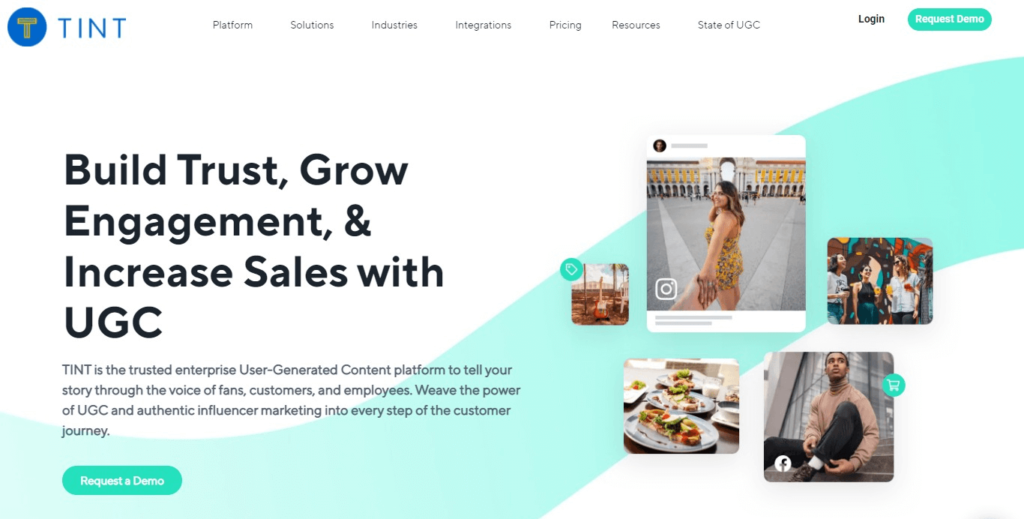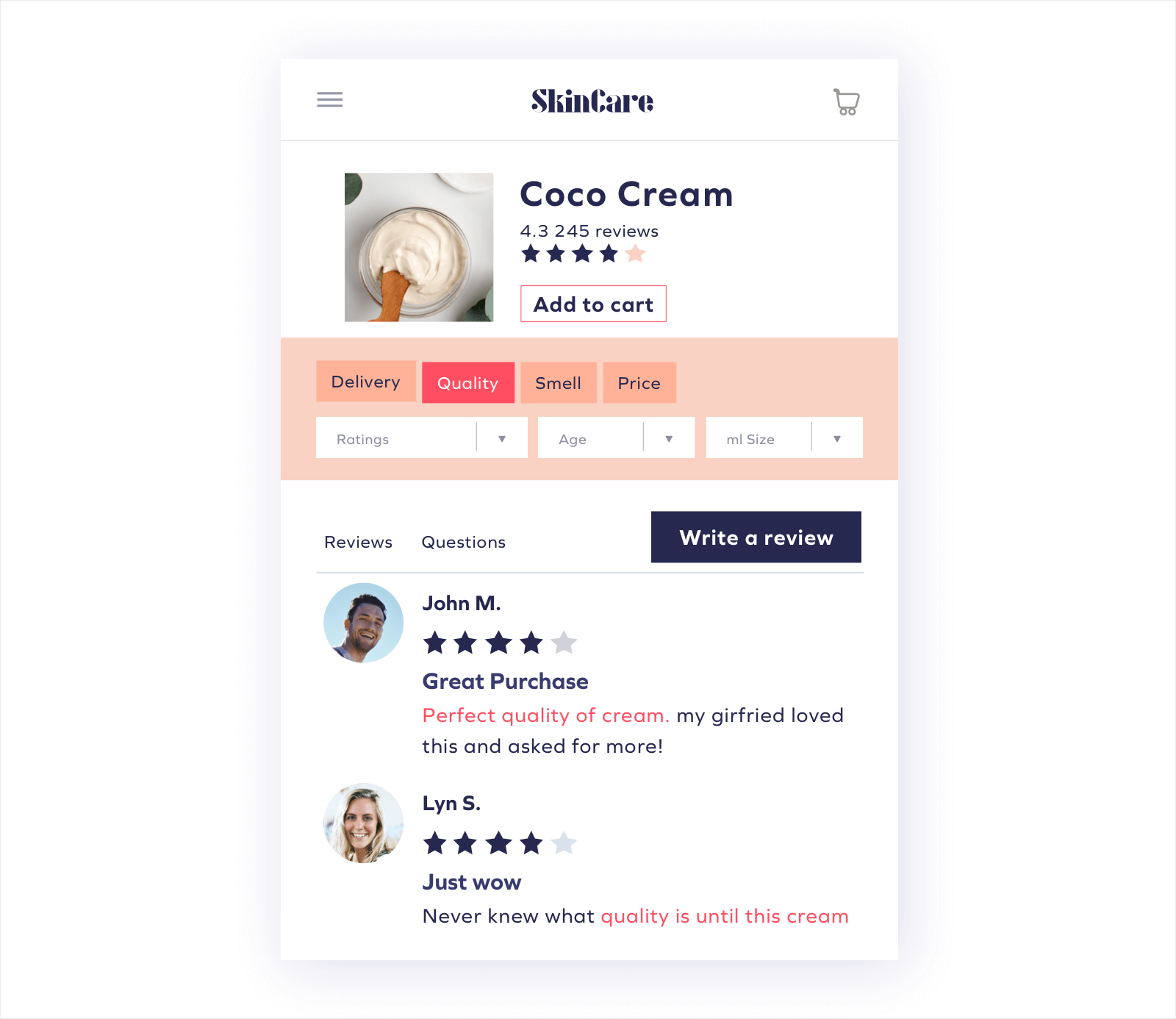The Power of User-Generated Content: How Brands Can Foster Community Engagement
Meta Description: Explore the significance of user-generated content (UGC) and discover strategies to foster community engagement for brands, driving loyalty and building trust with consumers.
In today's digital landscape, businesses must adapt and innovate to thrive. User-generated content (UGC) has emerged as a transformative tool for brands seeking to connect authentically with their audiences. I am Alexander Novak, a digital marketing strategist with over 5 years of experience in SEO and content marketing, helping over 20 brands elevate their online presence. This blog post will delve into the power of UGC and how it can effectively foster community engagement, providing actionable insights and examples along the way.
What is User-Generated Content (UGC)?
User-generated content refers to any type of content created by consumers that showcases their experiences with a brand, product, or service. This can encompass a broad range of media, including:
- Reviews and Testimonials: Written feedback from customers that shares their perspectives on products or services.
- Photos and Videos: Visual content created by users showcasing products in use, often shared on social media platforms.
- Social Media Posts: Engaging posts where consumers tag brands, share experiences, or participate in brand-focused discussions.
- Blog Posts: Articles or stories published by customers about their interactions with a brand or the impact of the products on their lives.

The Importance of UGC for Brands
User-generated content serves as an essential component of modern marketing strategies, offering numerous benefits:
Enhanced Authenticity and Trust: UGC fosters authenticity by presenting real-world experiences that potential customers can relate to. According to a Nielsen survey, 92% of consumers trust recommendations from individuals over brands, showcasing the importance of peer influence and social proof.
Increased Brand Visibility: By encouraging customers to share their content, brands can significantly increase their reach and visibility across social networks. The Content Marketing Institute reports that UGC can increase conversion rates by up to 79%, emphasizing its potency as a marketing tool.
Deepened Customer Relationships: Embracing UGC fosters a sense of community and belonging among consumers, enhancing brand interactions and encouraging customers to become brand advocates.
Success Stories of UGC in Action
Several brands have rolled out successful UGC campaigns, demonstrating the potency of this strategy:
Coca-Cola's "Share a Coke" Campaign
Coca-Cola encouraged consumers to share photos with personalized Coke bottles. This campaign generated millions of social media impressions and fostered strong community engagement, proving the effectiveness of UGC in creating memorable marketing experiences.
Airbnb's Customer Reviews and Travel Photos
Airbnb leverages customer reviews and travel photos submitted by users on their platform. This approach not only enhances trust but also significantly contributes to bookings as potential guests visualize real experiences through the eyes of other travelers.
UGC Across Different Industries
Different industries benefit uniquely from user-generated content:
Fashion Industry: Brands like ASOS utilize customer styling photos to create a community feel, showcasing real-world visuals that encourage consumers to purchase the items while feeling connected to the brand.
Beauty Brands: Glossier relies on customer testimonials and social media sharing to foster strong brand loyalty and advocacy, positioning users as part of their brand community.
Strategies to Encourage UGC
Brands seeking to leverage the power of UGC can implement several strategies:
Hashtag Campaigns: Launching hashtag campaigns on social media encourages users to share their experiences. For instance, Mastercard's #LifeinALifetime invites users to document their life events, creating a wealth of UGC for the brand.
Photo and Video Contests: Hosting contests that prompt customers to submit photos or videos featuring the brand's products engages audiences creatively while generating valuable UGC.
Customer Reviews and Feedback: Actively soliciting reviews from customers encourages ongoing UGC creation and provides social proof for potential buyers.
UGC and SEO: A Dual Advantage
Incorporating user-generated content doesn't just enrich your brand's marketing; it also improves search engine visibility. UGC produces fresh, new content that search engines favor. Websites with abundant user-generated content experience decreased bounce rates and increased time spent on the site, positively impacting overall SEO rankings.
Building a Thriving Community
To foster a community around user-generated content, brands can:
- Create spaces on social media platforms or forums dedicated to user interactions and shared experiences.
- Encourage discussions and engagement through Q&A sessions or community challenges.
Measuring the Success of UGC Efforts
Brands should set clear performance indicators to evaluate the effectiveness of their UGC strategies, such as:
- Engagement Rates: Tracking likes, shares, and comments on UGC.
- Lead Conversions: Analyzing increases in sales stemming from UGC.
- Customer Retention Rates: Monitoring how effective UGC campaigns translate into long-term customer loyalty.
Tools for Managing UGC
Several tools can help brands effectively curate and manage user-generated content:
- TINT: An excellent platform for aggregating and displaying user-generated content on brand websites.

- Yotpo: A tool that encourages product reviews, helping brands generate authentic feedback from customers.

- Bazaarvoice: A robust solution for collecting and managing product ratings and reviews.
Legal Considerations for UGC
It's crucial for brands to obtain permission before using user-generated content to prevent potential legal issues. Transparency and clear communication with content creators foster goodwill and strengthen brand relationships.
Conclusion
User-generated content has transformed the way brands engage with their communities. By recognizing the power of authentic consumer experiences, businesses can foster meaningful interactions, build loyalty, and drive conversions. Brands looking to leverage UGC should explore strategies that not only encourage content creation but also cultivate a community around shared experiences.
If your brand is ready to tap into the potential of user-generated content, start implementing these strategies today. For more insights on digital marketing and community engagement, explore our related content, sign up for our newsletter, or leave your thoughts in the comments section below! Your voice matters, and we would love to hear how you've harnessed the power of UGC!
